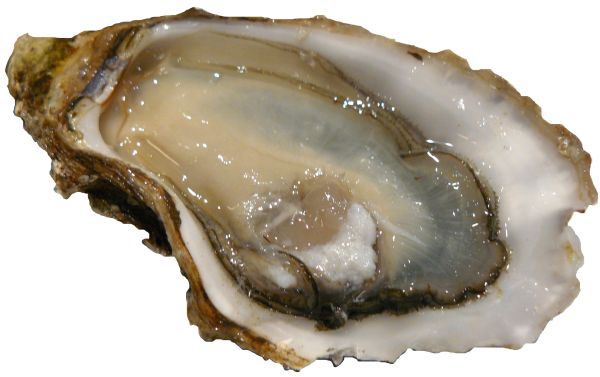
Pearls and Flavor
Sweet, Salty and Delicious
Seafood
Is there anything better than fresh oysters? They’re sweet and salty and delicious. They’re even fun to collect- if you know what you’re doing. It’s easy, but there’s a bunch to know first.
Licenses and Legalities
This is the not so fun part- but responsibility is part of conservation. You need a license to harvest oysters- check with your state’s Fish and Game department for accurate info. Every year limits are set regarding minimum size and how many oysters you can collect.This can be based on numbers, weight, or volume, and changes yearly from state to state. You’ll also get a map of approved beaches- pay attention to this, it’s non-negotiable. Some beaches are barred because of pollutants or contamination issues. If the beach isn’t approved, don’t harvest oysters there.
Though oysters are good year round, they’re at their peak in the winter months and early springtime (this can be a challenge when you live in the more northerly states).
You’ll Need…
Appropriate clothing, for one. Clear days are a must, and while sunny they can still be chilly. Ocean water can be downright frigid even in summer, so stay dry. Wear rubber boots that’ll keep your feet dry and warm. Heavy duty work gloves are also a must. Oysters (and oystering tools) are very sharp, and can cut you.
The tools are simple. A collection bucket, an oyster dredge or hammer, and a thick bladed knife or screwdriver are all essentials. In your car you should have a cooler full of ice to get everything home- fresh seafood spoils quickly. Play it safe.
Harvest during the lowest part of the day’s low tide. Out on the beach, watch for the thick mud that collects around oyster reefs, you could lose a boot if you’re not careful.
Harvesting
Oystering is physical- you’re going to knock them off their reef with your dredge or hammer. Watch size limits, and put back any undersized or dead oysters. Once you get a bucketful, head back to shore. You may be required by law to shuck your oysters on the beach. It’s not littering! Oysters grow off of each other’s shells, so you’re helping add to an oyster-friendly environment.
To shuck your oysters, pry your knife into the gap where the shells hinge and pry them apart. Carefully! Don’t stab yourself. Scoop your oyster out and slide it into a plastic bag. This’ll go into your cooler for the trip home.
Good Eats
Don’t eat raw oysters. Ever. It’s probably delicious; but considering what oysters eat, it’s not a wise plan. Food poisoning is serious. There are so many great ways to eat fresh oysters that you shouldn’t feel the lack of options. Simmered (about 3 minutes), fried (375* for 3 minutes), baked (450* for 10 minutes), or stewed (follow the recipe). Avoid unshucked oysters that don’t close when tapped lightly- they’re dead, and can make you very sick.
Leftovers should be eaten within two days. Extra fresh shucked oysters can be divided into small batches and frozen for up to three months. Today’s harvest can be next month’s stew.
Nature!
Oystering can be a wonderful way to get you outside in nature. It makes you slow down and pay attention to your surroundings, and the reward of eating your own catch is totally worth any effort.
by LA DiNardi


‘s



Follow Us!